10-16-06 Monday “PTA, Coal, Pears and Karaoke”
10-16-06 MONDAY “PTA, Coal, Pears and Karaoke”
In the morning, we brought our luggage down to the lobby to be weighed. My luggage passed. Then we had a little discussion on what we would do for our presentation to the other groups on Wednesday afternoon in the lobby. One member acted like a control freak and took over the discussion and left a bunch of us out. I tried to interject some kind of participation on my behalf, as I really wanted to take part, but the control freak was very stubborn.
I cursed him out and told him I didn’t appreciate him treating us like students.
Many agreed he was being ridiculous, so we just gave up. I boycotted the planning session and let control freak do it himself. The JFMF Handbook specifically addressed this, but he broke the rule anyhow. I lost a lot of respect for him, as I thought he was doing this early on, and then double guessed the situation and figured it was a problem I had in understanding him –and put the blame on me. But I was wrong. Needless to say, I didn’t talk with him for the rest of the trip. I don’t know if it is professional to write about this here, but there is always one in the group; the only real downer of the trip. Good luck to him and his alcoholism later in life. E.A.D.
(Damn, that was cold.)
After check out, we took a bus to the Arao Coal Miners Museum. There we had a long Q & A session with the PTA members of a few of the schools that we had visited.
· There are no mid term progress reports
· Report cards are sent to the parents three times a year (one for each of the three marking periods
· Most students are home by 5:PM or so except the college prep students
· College Prep students are home by usually 10:30 PM every night
· College Prep students have homework and usually study until 1:AM in the morning or more
· Most free time for the families to spend time with each other occurs on Sundays
· Schools were on a 6 day schedule, but recently moved down to 5 about 10 years ago
· American/Western educational systems are looked up to and The Japanese, though they have better students as a whole wish to institute more practices like they see from the west
· April to March school year with 1 week or so between semesters for break
· The board agrees that they would like fathers to play a more active role, though it is difficult because how many hours businesses force them to work
· It is very difficult for fathers to leave work so they are not very active in raising the students, let alone interaction with the schools
Next we spoke with the Board Of Education and the Arao Superintendent. We learned some more important things about Japanese schools:
· Teacher evaluations are no longer public, but are now more standard. In the past, there was a different practice at each school. Now it is more uniform
· Goal setting is done yearly with the principal, based on the teacher’s own set of goals
· The Board is trying to institute and promote a more self reliant attitude in all children
· The Board also wishes to promote better self discipline
· The Board’s goal is to instill a stable economic ability & physical strength within each student and help them to be life long learners
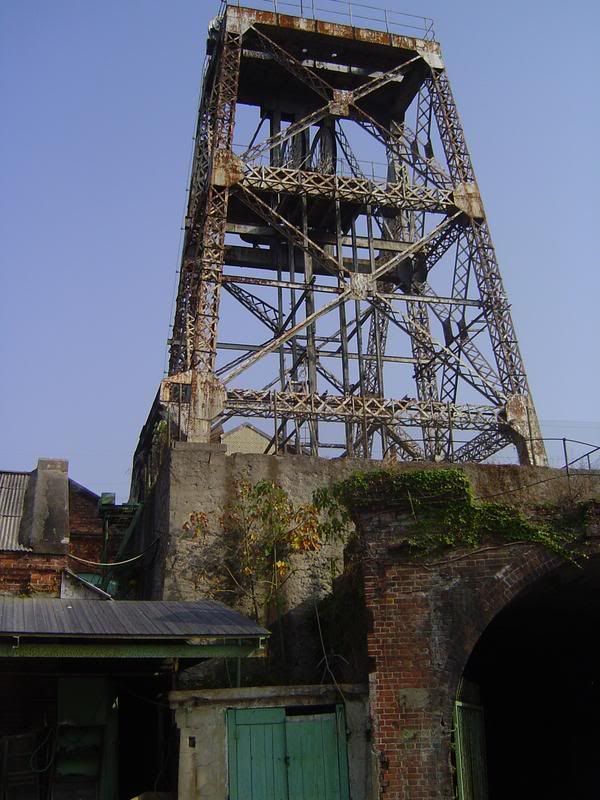
The next activity in this busy day was to leave the Arao Coal Museum and head on over to an actual Coal Mine. At the mine, we were welcomed by two former employees of the mine.
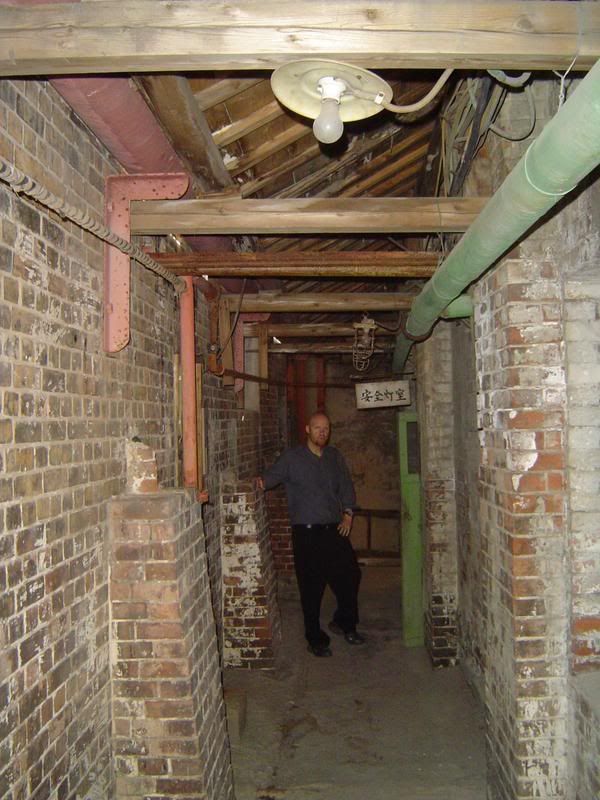
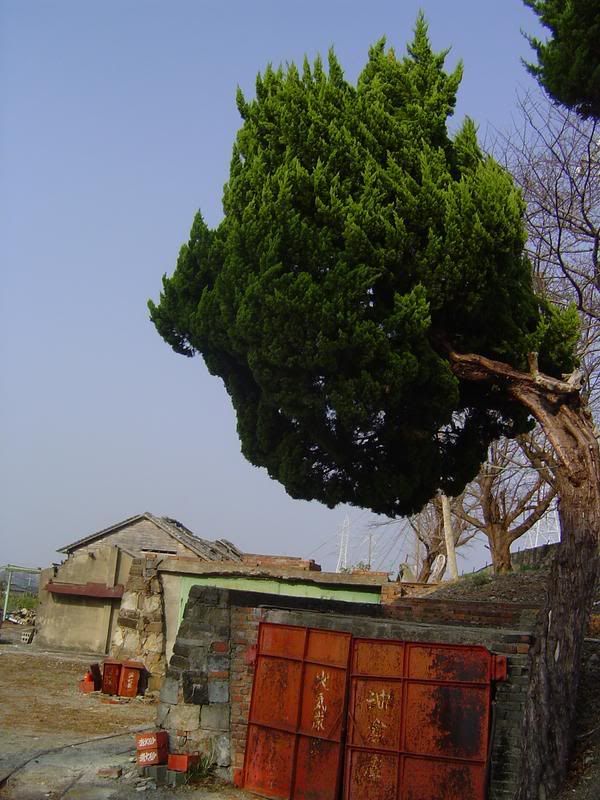
The employees took us on a tour down the shaft and around the facilities. The place really looked like a ghost town from Scooby Doo. Again, Arao once being a major coal mining town, but it has since lost a great deal of its population, due to the closing of the mine back some 11 years ago. Everything was left seemingly untouched.
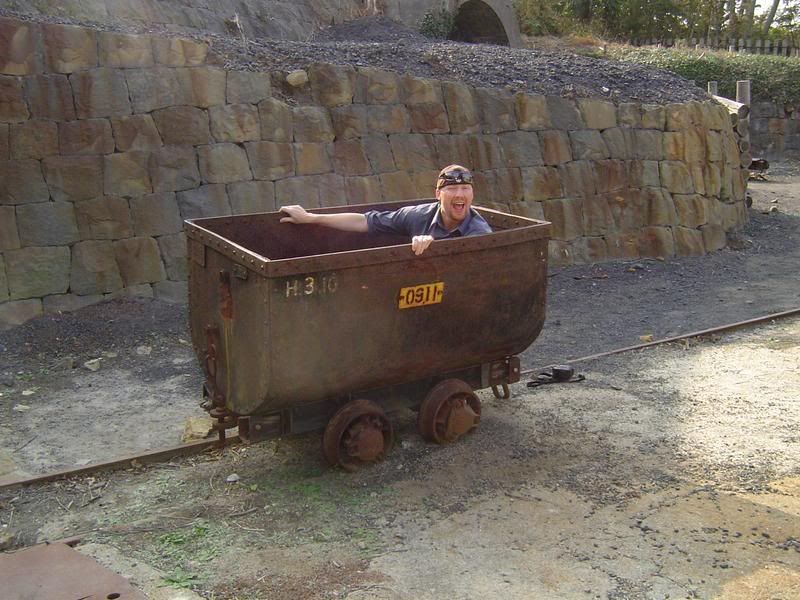
The next little trip was very nearby to an Arao Pear Farm. The way that a pear farm works is that there are bars along the tops of the trees to help support the heavy weight of the enormous fruit so that they can grow larger, staying on the stem. The funny thing about this farm though to e was how low the bars were. I had to duck everywhere, much like I had to do at a number of doorways, in order to coexist among the fruit.
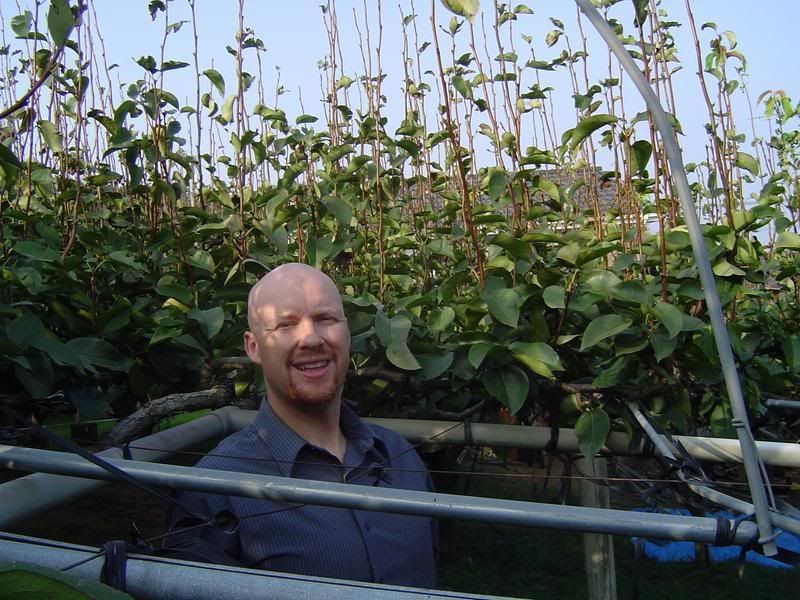
The Niitaka Pear, also known as the Jumbo Pear is Arao’s famous agricultural product. They can grow as big as a baby's head and Arao's production rate is the 2nd largest in Japan. Pure white flowers bloom on the trees in spring and golden fruits are plump in autumn. It is crunchy and sweet with a distinctive flavour. There are many varieties including the juicy Kousui and lighter flavoured Housui.
Arao City’s official flower therefore is the five petaled, pure-white, pretty flower of the pear tree. Because of a warm fall, we were fortunate enough to see one on a branch. The farmers said that the branch had been tricked into making a flower by mother nature.
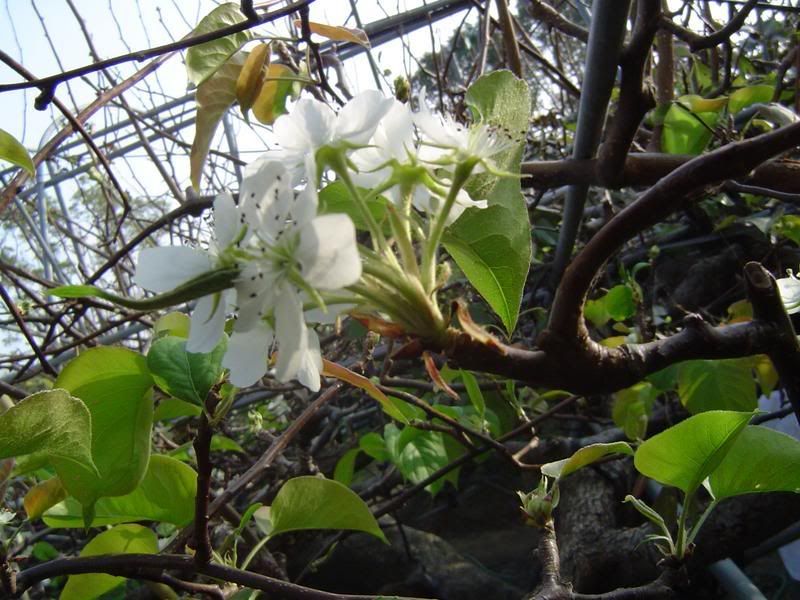
During spring, these buds bloom in masses, making Arao beautifully picturesque. Volunteers started planting the trees around 1907, and they have now developed into impressive orchards. Visitors are attracted to Arao to try the famously delicious Arao pear which grows from the same trees later in the year.
The best season for individual kinds of pears in Arao run like this: - Kousui : mid to end of August, - Housui : end of August to mid September, and - Niitaka : end of September to end of October.
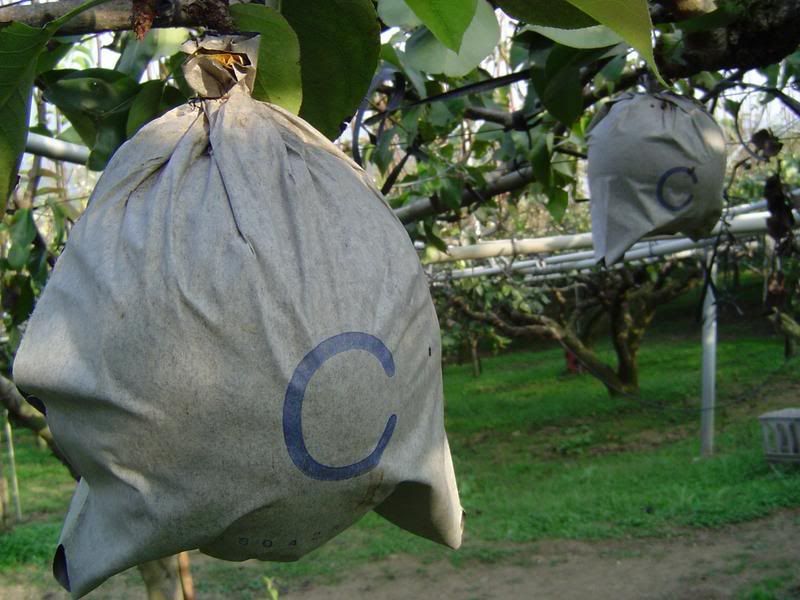
Local products made from the pear include wine, pie, jam, and a barbeque meat sauce.
The last little trip was to the ryokan, where we would split rooms on our last night in Arao. A ryokan is a traditional style hotel with paper walls, sliding doors and tatami mats. You had to actually take your shoes off in order to be I your own room –the whole 9 yards. The name of the ryogen was The Shogen Sanso.
The way ryogens work is you typically have to book at least two people and the main attraction is actually the food, not the room accommodations. Our room was very cool, however and it was different to sleep on floor futons that are pulled out by room service while you are eating.
We had a delicious 12-course Japanese style meal. I was into almost all of it, but the sea urchin and the row of curiously strong fish eggs. They also had a slab of some really good beef, the first real beef I had had, except for some yakatore, the whole trip.
After dinner, I was in my element. Our room hosted a karaoke machine and stage, complete with a costume closet. The International Karaoke Champion, yours truly, defended my title successfully against about 15 challengers with Elvis, Jerry Lee Lewis, Frank Sinatra and The Village People all at my side.
One teacher got really drunk and was in bed probably by 7:30PM. It was funny because a bunch of the others took his camera and took a million pictures on it, complete with rude gestures and shots of toilets.


0 Comments:
Post a Comment
<< Home